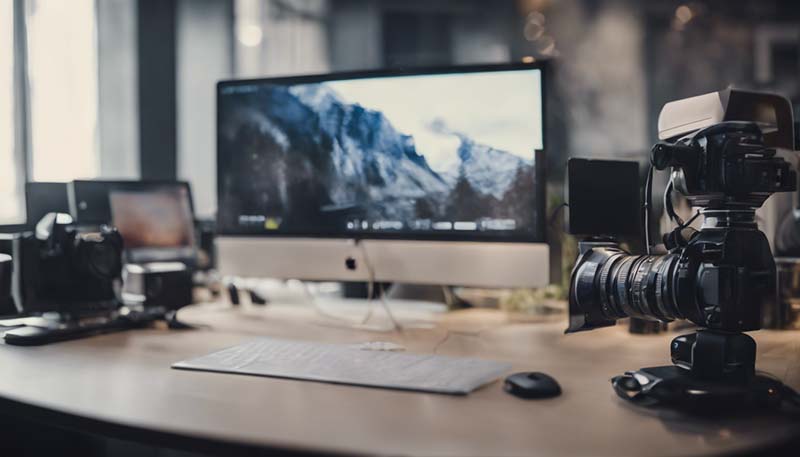How to Incorporate Technology into Your Office Design
How to Incorporate Technology into Your Office Design
Introduction
As businesses continue to evolve and adapt to the changing landscape of work, the role of technology in the workplace becomes increasingly important. Integrating technology into office design not only enhances productivity and efficiency but also fosters a more collaborative and connected work environment. This article will explore various ways to incorporate technology into your office design to create a modern, functional, and engaging space for your employees.
1. Smart Lighting Systems
Smart lighting systems are a great way to improve energy efficiency and create a comfortable work environment. These systems can be programmed to adjust the brightness and color temperature of the lights based on the time of day, the task at hand, or even the preferences of individual employees. They can also be controlled remotely, allowing employees to personalize their workspace and maintain a comfortable atmosphere throughout the day.
Advertisement
2. Ergonomic Desks and Chairs
Ergonomic office furniture can help reduce the risk of injury and improve overall comfort and productivity. Desks with adjustable heights and chairs with proper lumbar support can be tailored to fit the needs of each employee, promoting better posture and reducing strain on the body. Many ergonomic desks and chairs now come with built-in technology features, such as wireless charging pads and USB ports, making it easy to keep devices charged and connected.
3. Collaboration Tools
Collaboration tools, such as video conferencing equipment and digital whiteboards, can help facilitate communication and teamwork within the office. Video conferencing systems allow employees to connect with remote colleagues and clients, while digital whiteboards enable real-time collaboration and idea-sharing. These tools can be integrated into the office design to create designated collaboration spaces that encourage creativity and innovation.
4. Wireless Charging Stations
Wireless charging stations can be a convenient addition to any office space, allowing employees to keep their devices charged without the clutter of cords and cables. These stations can be built into desks, conference tables, or even installed as standalone units throughout the office. By providing easy access to charging options, employees can stay connected and productive throughout the day.
5. Voice-Activated Assistants
Voice-activated assistants, such as Amazon's Alexa or Google Assistant, can be integrated into the office to help streamline daily tasks and improve efficiency. These devices can be used to set reminders, schedule meetings, and even control other smart office devices. By incorporating voice-activated assistants into the office design, employees can save time and focus on more important tasks.
6. Biometric Access Control
Biometric access control systems, such as fingerprint or facial recognition, can help improve security and convenience in the office. These systems eliminate the need for physical keys or access cards, reducing the risk of lost or stolen credentials. They can also be integrated with other security systems, such as surveillance cameras or alarm systems, to create a more comprehensive security solution.
7. Smart HVAC Systems
Smart HVAC systems can help maintain a comfortable and energy-efficient office environment. These systems can be programmed to adjust the temperature and humidity levels based on the occupancy and time of day, ensuring that the office is always at an optimal temperature. They can also be controlled remotely, allowing employees to adjust the settings from their devices or even automate the process based on their preferences.

8. Virtual Reality (VR) and Augmented Reality (AR)
Virtual reality (VR) and augmented reality (AR) technologies can be used to create immersive training and collaboration experiences within the office. These technologies can be integrated into the office design to create dedicated VR and AR spaces, allowing employees to engage in interactive training sessions, virtual meetings, or even explore 3D models of products and designs.
Conclusion
Incorporating technology into your office design can greatly enhance the functionality, efficiency, and overall experience of your workspace. By considering the needs of your employees and the goals of your business, you can create a modern and engaging office environment that promotes productivity, collaboration, and innovation. Whether you choose to implement smart lighting systems, collaboration tools, or even virtual reality, the possibilities are endless when it comes to integrating technology into your office design.